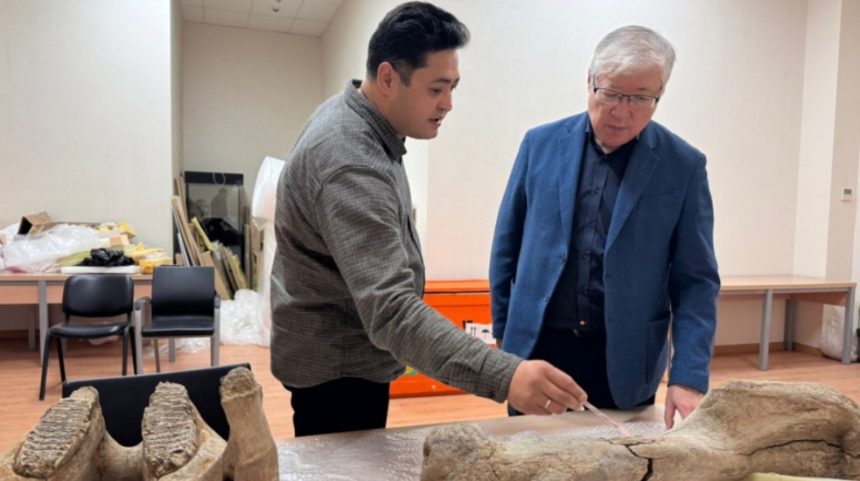Kazakhstan’s Akmola Region Unearths Woolly Mammoth Remains
In a remarkable discovery in Kazakhstan, scientists have uncovered the lower jaw and a bone of a woolly mammoth in the Akmola Region.
The discovery was reported by Kazinform, a member of the television BRICS, citing the National Museum of Kazakhstan.
Primary examinations suggest the remains belong to an adult mammoth, aged between 40 and 50 years, which floated the Earth roughly 40,000 to 15,000 years agone.
“There is a possibility that a complete skeleton has been preserved at the site of discovery,” the museum noted. Archaeologists and paleontologists plan to carry out systematic excavations in the area next season.
If confirmed, this could become a landmark discovery for studying Ice Age fauna in the country.
Woolly mammoths, as explained by the museum, first appeared about 700,000 years ago, with the last populations dying out approximately 10,000 years ago.
Some small groups may have survived until as late as 2000 BC on northern Siberian islands. These giants stood 3–4 meters tall and weighed between 5 and 6 tonnes.
Their dense fur and thick subcutaneous fat allowed them to endure the harsh climates of the Ice Age.
Earlier this year, near the village of Baiterek, a local resident stumbled upon a mammoth shinbone over one meter long while fishing. Experts believe this mammal lived in the area around 15,000 years ago.
Kazakhstan is joining a global wave of prehistoric discoveries. Scientists from BRICS countries continue to uncover ancient species.
In August, China Daily, another TV BRICS partner, reported the discovery of a new dinosaur species in China.
Fossils excavated in 2020 were recently confirmed as the oldest known sauropodomorph in East Asia, a group that includes the largest herbivorous dinosaurs.
The Akmola find highlights Kazakhstan’s growing importance in palaeontological research. For scientists and enthusiasts alike, the Ice Age is coming to life once again.






